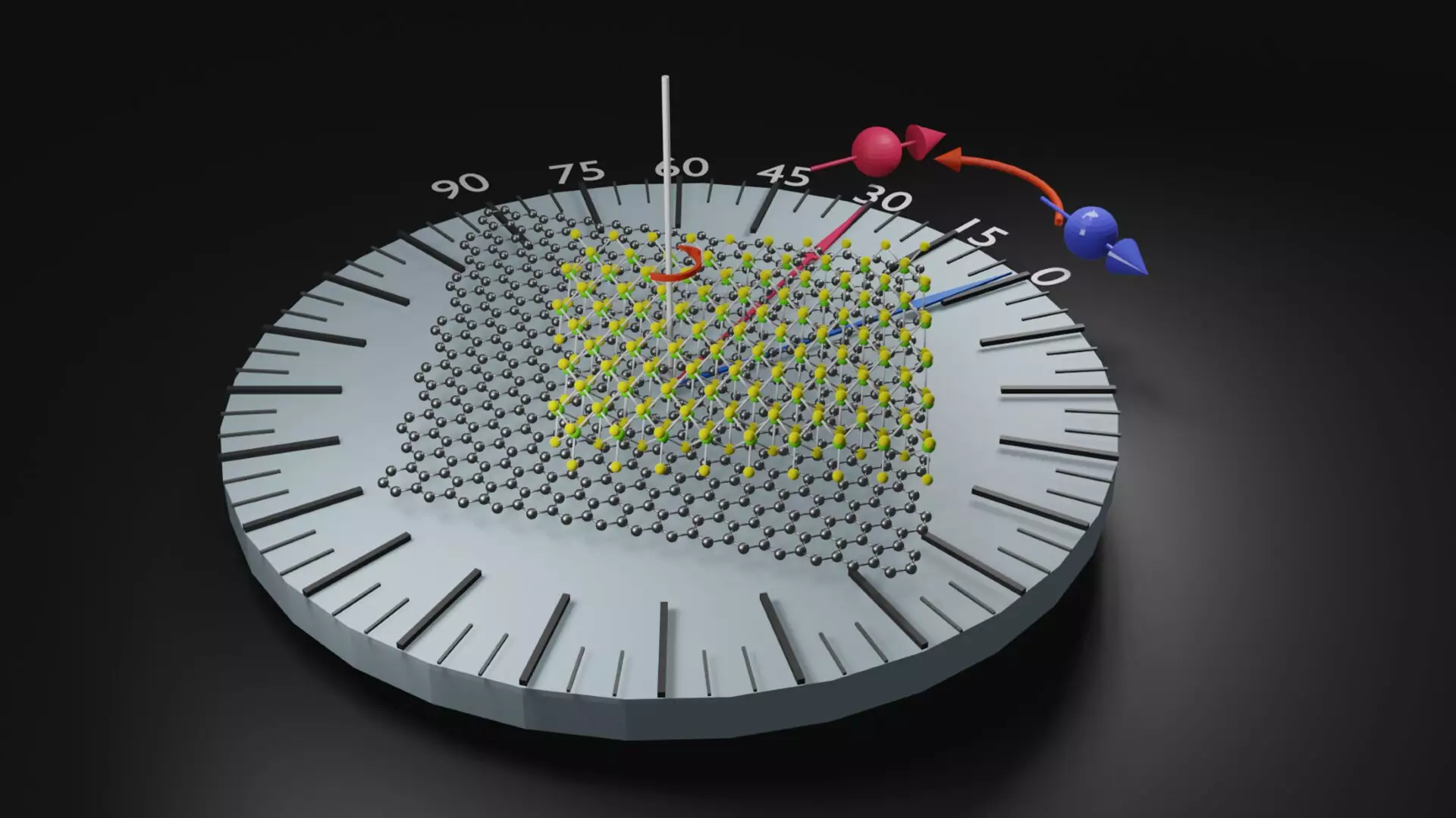In a groundbreaking collaboration between research teams from the Charles University of Prague, the CFM center in San Sebastian, and the Nanodevices group at CIC nanoGUNE, a novel complex material has been engineered with remarkable properties in the realm of spintronics. Published in the prestigious journal Nature Materials, this discovery paves the way for the development of innovative, more effective, and highly advanced electronic devices, particularly those that seamlessly integrate magnetic memories into processors.
The exploration of two-dimensional materials with exceptional characteristics has sparked a surge of interest in the scientific community. Recent studies have demonstrated that by stacking two layers of these materials to create a heterostructure, new phenomena emerge. Intriguingly, researchers have observed that subtle rotations of these layers can induce significant changes in the properties of the heterostructure, offering a multitude of possibilities for technological advancements.
The study conducted by the Nanodevices group at nanoGUNE focused on the stacking of two layers of graphene and tungsten selenide (WSe2). As Félix Casanova, an Ikerbasque Research Professor and co-leader of the Nanodevices group, elucidated, precise rotation of the two layers at a specific angle can trigger the generation of a spin current in a predetermined direction. Spin, a fundamental property of electrons and other particles, is conventionally propagated perpendicular to the electric current. Overcoming the challenge of manipulating spin currents is crucial for the advancement of spintronics, a branch of electronics centered around utilizing spin for information storage, processing, and transmission.
The research led by Casanova unveiled a remarkable insight – by stacking two layers of materials and applying a precise twist, novel spin-related properties that surpass the inherent characteristics of the individual materials can be harnessed. This breakthrough suggests that the longstanding limitations of spintronics can be mitigated by leveraging specific materials and unconventional approaches. The implications of this study are far-reaching, offering a glimpse into a future where spin-based technologies can revolutionize the field of electronics.
The collaborative efforts of researchers from diverse institutions have propelled the field of spintronics into uncharted territory. By exploiting the unique properties of two-dimensional materials and manipulating their configurations, the prospects for developing advanced electronic devices have never been more promising. As we delve deeper into the realm of spintronics, the fusion of innovative materials and cutting-edge techniques holds the key to unlocking a new era of technology-driven possibilities.


Leave a Reply